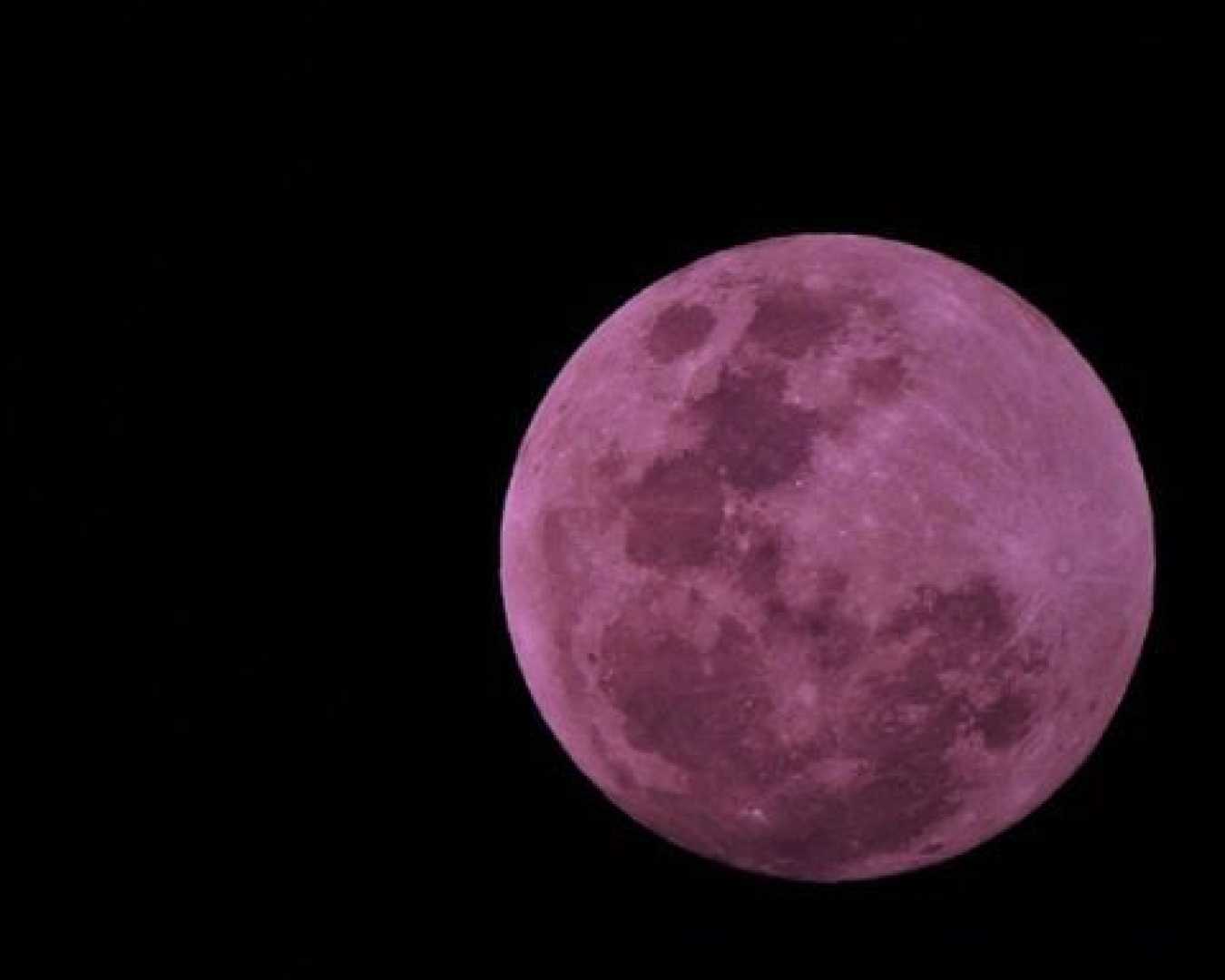News
April’s Pink Micromoon to Dazzle Skywatchers This Weekend

WASHINGTON, D.C. — On April 13, 2025, stargazers will witness the full moon known as the “Pink Moon,” which this year is also classified as a micromoon, appearing smaller than average as it reaches its farthest point from Earth.
The micromoon, which achieves peak visibility on Saturday evening, will be seen across both the Northern and Southern Hemispheres. Although traditionally called the “Pink Moon” due to the seasonal blooming of wildflowers like creeping phlox, its coloration will display a white-golden hue against the night sky.
According to NASA planetary scientist Dr. Noah Petro, the moon’s elliptical orbit causes it to vary its distance from Earth. “The moon’s orbit around the Earth is not perfect; it’s elliptical, or egg-shaped,” Petro explained. “This means there are instances throughout the year where the moon is closer to Earth, and at other times when it is farther away.” This month’s micromoon will be roughly 30,000 miles (49,000 kilometers) farther from Earth than November’s largest supermoon.
The term micromoon refers to the full moon that occurs at or near apogee, the point in its orbit farthest from the Earth. During this phenomenon, the moon may appear up to 14% smaller and about 30% dimmer than a supermoon, which occurs during perigee, the closest point in the moon’s orbit.
For enhanced viewing of the micromoon, experts advise using binoculars or a telescope in areas with low light pollution. Dr. Gianluca Masi, an astrophysicist who founded the Virtual Telescope Project, indicated that the micromoon will appear approximately 6% smaller than an average full moon.
The significance of the Pink Moon extends beyond its appearance. Various Native American tribes recognized this moon by different names, acknowledging the arrival of spring foliage. The Tlingit referred to it as the budding moon of plants and shrubs, while the Cherokee named it the flower moon.
In addition to its aesthetic value, the Pink Moon holds religious significance within Christianity, serving as the “Paschal Moon” that determines the date of Easter. Christian observance considers the first full moon after the spring equinox critical for Easter scheduling.
Following this lunar event, sky enthusiasts can anticipate eight additional full moons in 2025, including supermoons in October, November, and December. Peak meteor showers expected this year will coincide with the moon’s presence in the sky, including notable events visible from various parts of the globe.
Looking towards the fall, a total lunar eclipse will prevail on September 7 and 8, although it will be most visible from Europe, Asia, and parts of Australia. During this lunar event, the moon will adopt a reddish color, prompting the “blood moon” nickname.
As stargazers prepare for the Pink Micromoon tomorrow, keen observers are encouraged to not only admire its beauty but to engage in a subtle contest of discernment, according to Dr. Petro. “What leads to the joy of looking at the moon is that it’s different every month, allowing us to test ourselves to see if we can observe these differences,” he said.












